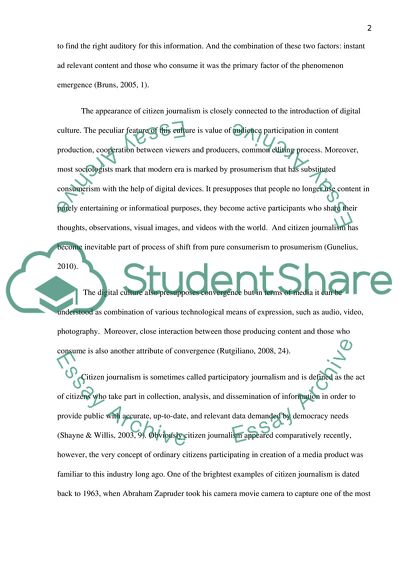Cite this document
(“Political Potential of Citizen Journalism Essay”, n.d.)
Political Potential of Citizen Journalism Essay. Retrieved from https://studentshare.org/journalism-communication/1672792-please-choose-one-from-the-following-topics-for-the-essay
Political Potential of Citizen Journalism Essay. Retrieved from https://studentshare.org/journalism-communication/1672792-please-choose-one-from-the-following-topics-for-the-essay
(Political Potential of Citizen Journalism Essay)
Political Potential of Citizen Journalism Essay. https://studentshare.org/journalism-communication/1672792-please-choose-one-from-the-following-topics-for-the-essay.
Political Potential of Citizen Journalism Essay. https://studentshare.org/journalism-communication/1672792-please-choose-one-from-the-following-topics-for-the-essay.
“Political Potential of Citizen Journalism Essay”, n.d. https://studentshare.org/journalism-communication/1672792-please-choose-one-from-the-following-topics-for-the-essay.


